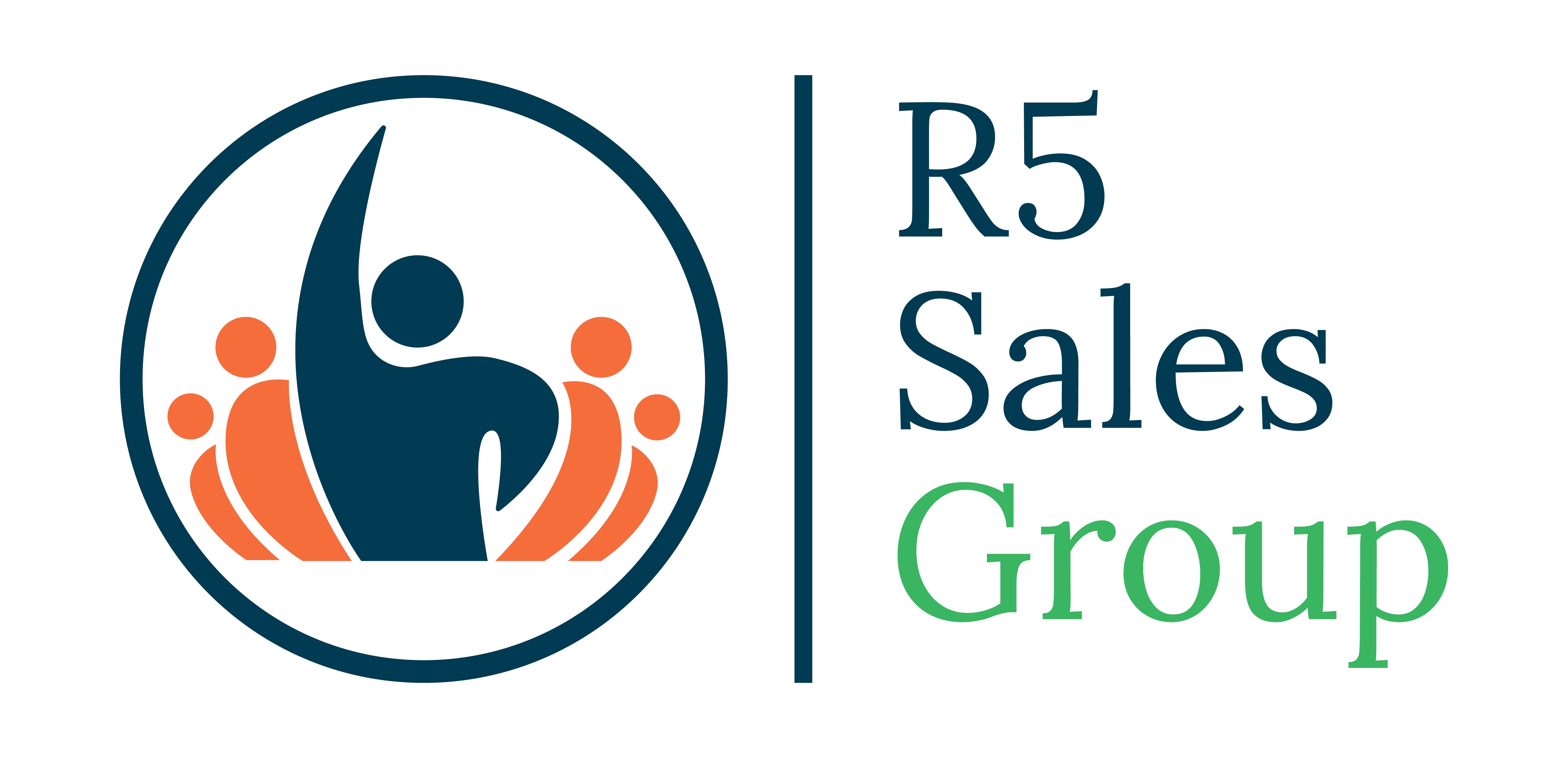Comprehensive Guide to Assessing Your Sales Process

Why Assessing Your Sales Process Matters
Let’s face it—sales is the lifeblood of your business. If your sales process isn’t working smoothly, you’re not just leaving money on the table; you’re missing out on growth opportunities. Regularly assessing your sales process is crucial to making sure your team is on track, your customers are happy, and you’re hitting those all-important revenue goals. In this guide, we’ll walk you through how to assess, improve, and optimize your sales process for success.
Step 1: Define Your Sales Process Stages
Before you start tweaking things, you’ve got to know what you’re working with. The first step is to outline your existing sales process. Most sales processes follow a common structure, but the details can vary based on your industry and business model.
Here’s a breakdown of the typical stages:
• Lead Generation: How are you attracting potential customers?
• Lead Qualification: Are these leads actually a good fit for your product or service?
• Meeting or Demo: This is your first chance to make a real connection.
• Proposal: The official offer. Is it clear and compelling?
• Negotiation: Address concerns and close any gaps.
• Closing: Sealing the deal.
Step 2: Set Key Performance Indicators (KPIs) for Each Stage
You can’t improve what you don’t measure. That’s why it’s so important to set KPIs for each stage of your sales process. These metrics will give you a real sense of how well your sales process is working—and where things might be falling short.
Some KPIs to track:
• Lead Conversion Rate: How many leads move on to the next stage?
• Sales Cycle Length: How long does it take to close a deal?
• Meeting-to-Proposal Ratio: How many meetings turn into proposals?
• Close Rate: What percentage of proposals turn into sales?
Step 3: Analyze Sales Team Performance
Now that you have your sales process laid out and KPIs in place, it’s time to see how your team is performing. Each sales rep plays a crucial role in pushing leads through the pipeline, so understanding their strengths and weaknesses can help you fine-tune your strategy.
Ask yourself:
• Who’s consistently hitting their targets?
• Where are deals getting stuck?
• Which reps excel at closing, and who’s better at lead generation?
Step 4: Map the Customer Journey
Your sales process doesn’t exist in a vacuum—it’s deeply connected to your customers’ experience. Mapping out the customer journey is key to making sure your sales stages align with how your prospects make buying decisions.
Here’s how to do it:
• Identify key touchpoints: When do your prospects first interact with your brand? What’s their next step after a demo or proposal?
• Look for drop-off points: Are you losing prospects at certain stages? If so, why?
• Match sales actions with customer expectations: Make sure your sales approach is addressing your customer’s needs at each stage of their journey.
Step 5: Collect and Utilize Customer Feedback
Getting direct feedback from your customers is one of the most valuable ways to assess your sales process. Why? Because your customers are the ones experiencing it firsthand. Their feedback can reveal gaps in your sales approach or highlight areas where your team excels.
Here’s how to incorporate feedback effectively:
• Use Surveys or Follow-Up Calls: After a sale (or even after a loss), reach out to ask for feedback on the experience.
• Listen to Customer Pain Points: Your prospects might point out issues you hadn’t considered, like unclear communication or slow response times.
• Make Feedback Actionable: Once you collect feedback, make sure you actually act on it.
Step 6: Review Data and Analytics
By now, you’ve set up KPIs and gathered customer feedback, but there’s another layer to assessing your sales process: hard data. Diving into analytics can help you see patterns and trends you might miss otherwise.
Key data points to track:
• Conversion Rates: Measure how many leads are making it through each stage of your sales funnel.
• Time in Each Stage: Is your team spending too much time trying to close deals?
• Lost Deals: Analyze why certain deals didn’t close. Was it pricing? Competition? Timing?
Step 7: Optimize and Automate Where Possible
Optimization and automation are the next logical steps in refining your sales process. Once you’ve identified bottlenecks and weak spots, it’s time to make improvements.
• Automation Tools: From CRM updates to automated email follow-ups, there are plenty of tools available that can help streamline your sales process.
• Optimize for Efficiency: If you find your sales cycle is taking too long, look for ways to speed things up.
• Test, Adjust, Repeat: Optimization is an ongoing process. Test changes, measure the impact, and tweak as needed.
Step 8: Implement Continuous Improvement Strategies
The last piece of the puzzle is to ensure that assessing and improving your sales process isn’t a one-time event. Sales processes need to evolve as your business grows, and continuous improvement should be part of your long-term strategy.
• Regular Sales Audits: Schedule periodic reviews of your sales process and performance data.
• Sales Team Involvement: Involve your team in discussions about what’s working and what needs improvement.
• Stay Adaptable: Markets change, customer expectations shift, and new tools emerge. Make sure your sales process remains flexible and adaptable.
Conclusion: The Impact of a Well-Assessed Sales Process
By following these steps, you can build a sales process that’s not only efficient but also aligned with your customer’s needs and your company’s goals. Remember, the goal of assessing your sales process isn’t just to fix what’s broken—it’s about constantly refining and improving to stay competitive.



